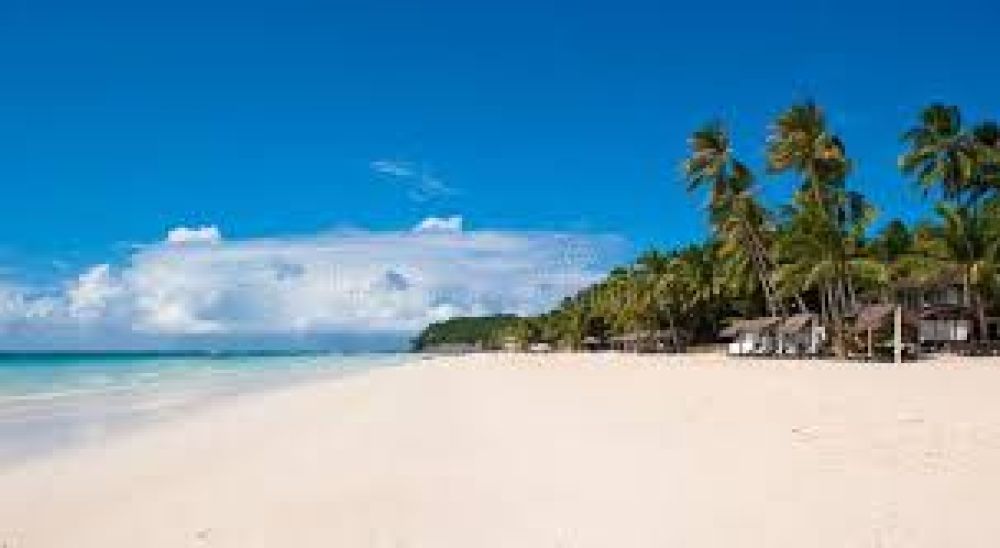

Known for its powdery white sand and crystal-clear waters, White Beach on the island of Boracay in the Philippines has grown from a hidden gem to one of the world's top beach destinations. With a history tinted by the turquoise hues of its waters, the tale of tourism on this tropical haven is as enchanting as its sunsets.
In the 1970s, Boracay was merely a secret whisper among backpackers and intrepid travelers. The Ati tribe, the indigenous people of Boracay, were among the few inhabitants of the island, leading a simple life that was substantially disconnected from the rest of the Philippines.
It wasn't until the late 1970s that tourism began to take root with the help of a few enterprising expatriates and local Filipinos who set up the first dive shops and basic accommodations, recognizing the potential of White Beach's natural beauty. The word began to spread, initially attracting adventurous travelers seeking a serene retreat.
By the 1980s, Boracay started to see more structured development as word of mouth and media exposure, notably from German author Jens Peter's publication "Philippine Island Hopping," which lauded Boracay's allure, burgeoning the island's international profile.
The 1990s through the early 2000s marked a period of significant growth and commercial expansion for Boracay. The once unpaved pathways gave way to roads, and the modest huts were slowly replaced by a range of accommodations, from budget hostels to luxury resorts. Restaurants, bars, and shops followed suit, transforming White Beach into a lively hotspot for tourists seeking sun, sea, and sand.
As visitor numbers soared, the strain on Boracay's ecosystem became increasingly evident. This prompted a rise in eco-tourism initiatives with stronger emphasis on sustainable practices. Programs and regulations were implemented to preserve White Beach's pristine conditions, including waste management systems and controlled development ordinances.
In 2018, in a bold move to reverse environmental degradation, the Philippine government ordered a six-month closure of Boracay to tourists for rehabilitation. The closure allowed for major environmental efforts, infrastructure upgrades, and the implementation of new tourism guidelines designed to ensure sustainable tourism practices moving forward.
Since its reopening, Boracay and White Beach have become a model for responsible tourism. Visitors now come not only to enjoy its natural allure but also to support an environment-conscious destination. The latest trends indicate a preference for eco-friendly hotels, activities that support the local community, and a strong adherence to the island's improved carrying capacity regulations.
Presently, Boracay is striving to strike an important balance between tourism growth and ecological preservation, hoping to remain a beloved destination for generations to come. With its breathtaking scenery and renewed commitment to the environment, White Beach continues to enchant, reflecting the evolving priorities of travelers and the tourism industry alike.
Today, the experience at White Beach is markedly more sophisticated, with a dedicated effort to maintain the beach's splendor. Travelers are encouraged to participate in sustainable activities such as beach clean-ups and to enjoy local culture. The clear blue waters, vibrant marine life, and the famed Boracay sunset are still the main draws, now enjoyed with a more conscientious mindset.
For those planning a visit, be sure to engage with certified tour operators, stay in accredited accommodations, and follow the island's guidelines to help preserve this slice of paradise. In doing so, you contribute to a legacy of responsible tourism that ensures White Beach remains as pristine as it was when travelers first discovered its shores decades ago.